Ford to Add EcoBoost Turbo Engines to F-150, Explorer, and Flex by the End of 2010
If you were wondering which U.S. automaker was making the biggest strides toward next-generation powertrain technology, wonder no more.
In a bold move, if you’ll excuse the reference, Ford will be introducing turbocharged engines on some of its largest and smallest vehicles by the end of 2010. Here’s our run down of the increasingly prolific application of EcoBoost motors in the Ford lineup:
- Ford C-Max: 1.6-liter four-cylinder EcoBoost (2010 availability, Europe)
- Ford Explorer: 2.0-litre four-cylinder EcoBoost (2010 availability, North America, preview)
- Ford Edge: 2.0-liter four-cylinder EcoBoost (2010 availability, North America, preview)
- Ford Flex: 3.5-liter six-cylinder EcoBoost (on-sale now, review)
- Ford Taurus SHO: 3.5-liter six-cylinder EcoBoost (on-sale now, review)
- Lincoln MKS: 3.5-liter six-cylinder EcoBoost (on-sale now)
- Lincoln MKT: 3.5-liter six-cylinder EcoBoost (on-sale now, review)
- Ford F-150: 3.5-liter six-cylinder EcoBoost (2010 availability, North America)
Ford says they plan on having EcoBoost engines in 90 per cent of the company’s North American models. By 2013, the company will be producing 1.5 million such engines per year. That means you should expect to see the engine pop up in nearly everything, from the Fiesta to the Mustang. Dan Kapp, Ford’s director of powertrain research and advanced engineering says that they’re tuning EcoBoost to deliver better efficiency in future models.
“We are trying to get in front of the pack in leveraging EcoBoost for fuel economy,” Kapp said. “It’s going to be a trend in the industry, and we can’t rest on our laurels for one minute. We are going to keep wringing more efficiency out of EcoBoost.”
Other than EcoBoost, Ford has some exciting technologies on the horizon, including a fully electric version of the Focus, the promise to have 98 per cent of its North American models fitted with six-speed transmissions, and to have 20 per cent of its vehicles worldwide fitted with stop/start systems by 2014. Those systems, which turn off the engine at a stop light (just like a hybrid), can contribute to a five per cent reduction in fuel consumption and emissions.
More by Michael Banovsky


















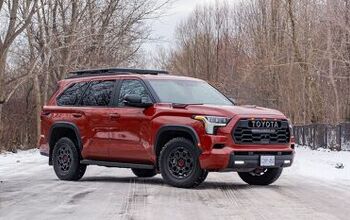
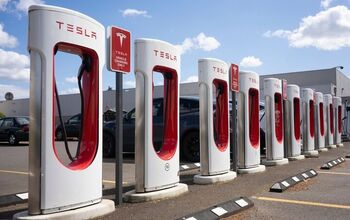
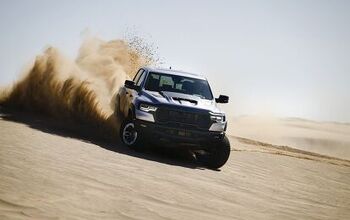




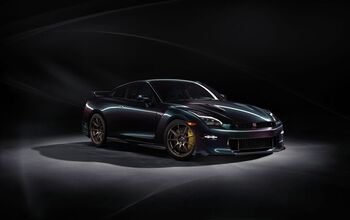


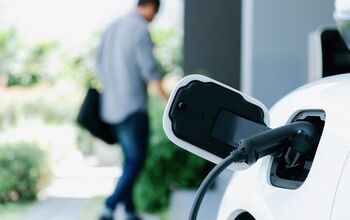



Comments
Join the conversation